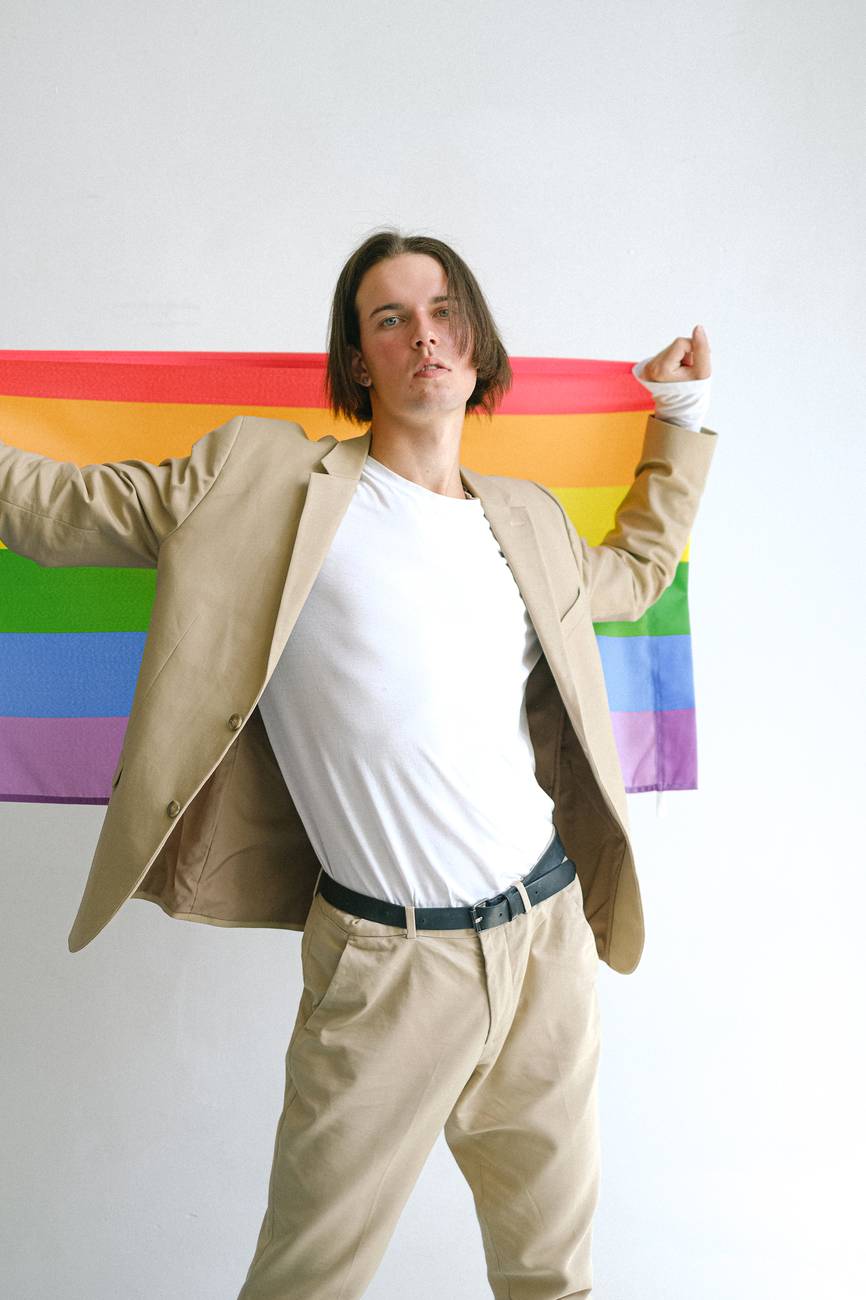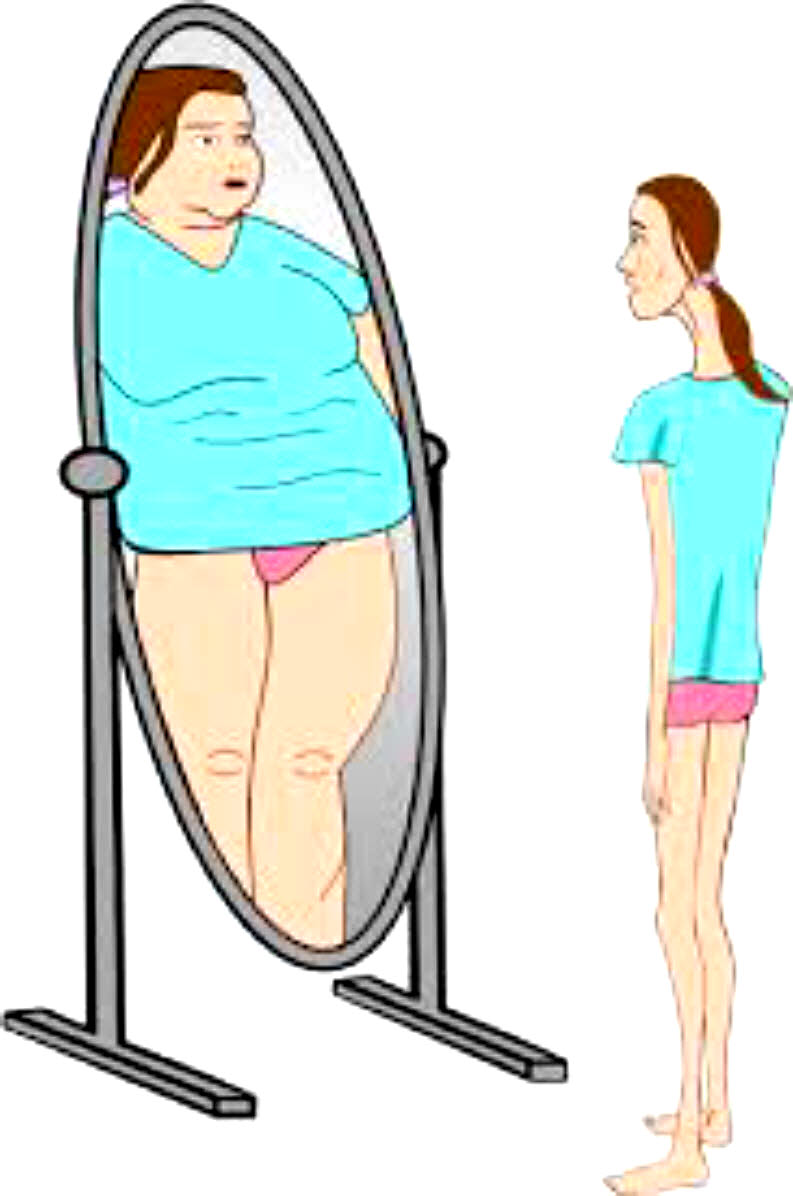
- New research finds that #suiciderisk can increase for #LGBTQIA+ #youth the more they deal with #trauma.
- The group found that #LGBTQ #youth, who reported high levels of #trauma symptoms, showed about three times greater odds of attempting #suicide in the past year compared to their peers who reported either no or low-to-moderate #trauma symptoms.
- Experts say this research is a needed wake-up call to society to offer better support and safeguards for these young people.
During a difficult time in our country where the rights and safety of #LGBTQIA+ #youth are under attack, nonprofit The #TrevorProject released a new research briefthat examines the role #trauma can play on #suiciderisk for this community of young people.
Building on past understanding of the elevated presence of #trauma-related events in the lives of #LGBTQIA+ young people, this new data offers a clear window into the negative effects all of this #trauma can have on the overall #mentalhealth of these #youth.
It especially shows how acutely this impacts vulnerable groups within the greater #LGBTQIA+ community – especially those with intersectional identities, from #peopleofcolor to #transgender and #nonbinary #youth to multisex individuals.
Experts say this research is a needed wake-up call to society to offer better support and safeguards for these young people, especially as they continue to navigate a world that can seem hostile and unsupportive.
A high level of #trauma
For the results, The #TrevorProject used data from its 2022 National Survey on #LGBTQ #Youth #MentalHealth. The national survey spotlights the responses to a host of questions from 33,993 #LGBTQ #youth nationwide. They ranged in age from 13 to 24 years old.
The new brief reveals that 37% of these #youth reported “high levels of #trauma symptoms.”
Out of a possible range of 4 to 16, the nonprofit found the average level of #trauma symptoms experienced by #LGBTQ #youth to be a relatively high 11.72. Just 4% of these young people said they never experienced any #trauma symptoms in their lives.
Additionally, 60% said they experienced “low to moderate” levels of #trauma symptoms.
When zeroing in on who experienced more #trauma than others, the survey shows #BIPOC (#Black and indigenous, people of color), multisex, and #trans and #nonbinary #youth reported the highest levels. The findings reveal 37% of young, #BIPOC #LGBTQ people experience high levels of #trauma symptoms compared to 36% of their #white peers.
Within young #peopleofcolor, #NativeAmerican and indigenous #youth were at the highest levels at 52%, followed by Middle Eastern/Northern African young people at 44%.
#Youth who identified as #gay were at 29%, those who identified as #lesbian were at 38%, #bisexual #youth were at 33%, #queer #youth at 42%, #pansexual #youth at 43%, and 38% of #asexual young people self-reported high levels of #trauma symptoms. Those who were “unsure” about their #sexualorientation were at 38%.
When it came to #genderidentity, 44% of #transgender and #nonbinary #youth reported high levels of #trauma symptoms compared to their #cisgender #LGBQ peers at 25%.
The numbers were consistent through different age groups. Younger #youth — ages 13 to 17 — were at 36%, a number that was similar for 18 to 24-year-olds at 37%.
The group found that #LGBTQ #youth, who reported high levels of #trauma symptoms, showed a drastically increased risk of attempting #suicide, about three times greater the odds of attempting #suicide in the past year compared to their peers who reported either no #trauma symptoms or low-to-moderate #trauma symptoms.
One out of every four #youth with high self-reported #trauma symptoms reported a #suicideattempt, while just 3% of those with no #trauma symptoms reported a #suicideattempt in the past year. About 9% of those with low-to-moderate #trauma symptoms reported a #suicideattempt during the same period.
Across all demographics — crossing #racial and #ethnic lines, sexualities, and #genderidentities — #trauma symptoms were tied to elevated incidence of past-year #suicideattempts.
“The association that we observed between #trauma and #suiciderisk was expected,” said Myeshia Price (pronouns she/they) PhD, senior research scientist at The #TrevorProject, when asked what was most surprising about the survey results. “However, seeing the result that #LGBTQ #youth who reported high levels of #trauma symptoms had over three times greater odds of attempting #suicide in the past year was staggering.”
When asked what accounts for high levels of #trauma symptoms among this particular community of young people in the #UnitedStates, Price told Healthline that many #LGBTQ #youth may commonly experience #trauma due to “discrimination and victimization” that is tied directly to their #sexualorientation and #genderidentities.
This could include physical harm based on your #sexualorientation, or simply “being denied access to a particular space because of one’s #genderidentity.” These are simply experiences that “straight, #cisgender #youth” might never have to experience in their lives, Price added.
“That said, it is important to underscore that #LGBTQ #youth are not inherently prone to #trauma, but rather, they are often subjected to it as a result of how their identities are stigmatized in society,” she said.
Kyle T. Ganson, PhD, MSW, an assistant professor who is part of the Factor-Inwentash Faculty of Social Work at the University of Toronto, who was not associated with this research, told Healthline that these young people face “many social stressors” tied directly to their #sexual and/or #genderidentity.
Ganson said that this #bullying victimization and discrimination can result in “poor psychological health, such as #trauma-related symptoms.”
“This may manifest as feeling on guard, having nightmares, pervasive negative thoughts, and feeling unsafe. These symptoms are a direct response to adverse and traumatic social experiences and are intended to protect or provide a false sense of safety for the #youth, despite being problematic,” he added.
#James Donaldson notes:
Welcome to the “next chapter” of my life… being a voice and an advocate for #mentalhealthawarenessandsuicideprevention, especially pertaining to our younger generation of students and student-athletes.
Getting men to speak up and reach out for help and assistance is one of my passions. Us men need to not suffer in silence or drown our sorrows in alcohol, hang out at bars and strip joints, or get involved with drug use.
Having gone through a recent bout of #depression and #suicidalthoughts myself, I realize now, that I can make a huge difference in the lives of so many by sharing my story, and by sharing various resources I come across as I work in this space. #http://bit.ly/JamesMentalHealthArticle
Order your copy of James Donaldson’s latest book,
#CelebratingYourGiftofLife:
From The Verge of Suicide to a Life of Purpose and Joy
www.celebratingyourgiftoflife.com
#Minority communities are more at risk
Price pointed to the high levels of #trauma that young #peopleofcolor, as well as multisex, #transgender, and #nonbinary individuals experience in their lives compared to their #cisgender and #white peers.
“The #TrevorProject often points back to The Minority #Stress Model to help explain #mentalhealth disparities experienced by #LGBTQ individuals. This model suggests that experiences of #LGBTQ-based victimization — and the internalization of these experiences and anti-#LGBTQ messages — can compoundTrusted Source and produce negative #mentalhealth outcomes and increase #suiciderisk among the #LGBTQ community,” Price explained.
“Especially amid our current polarizing and often politically hostile environment, #LGBTQ #youth who hold multiple marginalized identities may face discrimination and victimization based not only on their #sexualorientation or #genderidentity, but also their #race, ethnicity, and/or a number of other aspects that make up their full selves,” they added.
Ganson echoed those thoughts, explaining that this survey holds up past research that reveals that inhabiting multiple, intersecting minority identities “can exacerbate the effects of minority-related stressors,” which can compound “the negative and adverse effects, such as #trauma and #anxiety-related symptoms.”
“These #youth are trying to navigate complex social situations that often marginalize them due to their #genderidentity and their #racial and #ethnic identity. This is particularly challenging for #youth who are searching for a sense of identity and social acceptance,” Ganson added.
“Of course, this is stressful for many and can cause adverse psychological effects. Additionally, these #youth may be less inclined to seek #mentalhealthtreatment for fear of not receiving adequate and affirming care, thus their symptoms may become more engrained and amplified,” he said.
Of course, the link between #trauma and associated #suicide risk is troubling. To put this in context, Ganson explained that for some people the repeated experience of traumatic symptoms on a daily basis can be challenging especially for “those who don’t receive appropriate care.”
“Therefore, these #youth may seek extreme and dangerous ways to manage their symptoms. This may manifest in non-suicidal self-injurious #behaviors, such as cutting, and #suicidalbehaviors, such as #suicidalideation and #suicide planning and attempts,” he said. “It is likely that those with more #trauma symptoms may experience a greater degree of suicidal behavior as the intensity of the #trauma symptoms are likely unbearable at times.”
Ganson added that for some people, #suicide might appear “the only way to relieve the suffering they are experiencing.” They might also believe that #suicide is the only way they can “remove themselves from social situations that cause #trauma.”
“They may also internalize that they are a burden to others based on the identities they hold and the challenges they may be experiencing. It is most important to understand the unique and individual link between #trauma and #mentalhealth symptoms and #suicidalbehavior for each #youth in order to support them effectively and increase overall safety,” Ganson said.
Looking ahead
Does this data offer a roadmap to ways society can better assist these young people? Ganson thinks so.
“This is a large problem that needs to be addressed from multiple angles. As a society, we need to become more open and accepting to all individuals no matter their #gender, #sexualidentity, and #racial and #ethnic identity,” Ganson stressed. “This requires work at the micro, individual level, as well as the macro and policy, political, and ideological level.”
He said that we need to ensure the settings that these young people engage in – think #schools, healthcare settings, extracurricular activities – stand as equitable, safe spaces with policies in place “that address issues related to discrimination and marginalization of #youth based on the identities they hold.”
“We need to ensure that professionals – i.e., #teachers, providers, and #doctors – are trained in providing affirming care and support to ensure that spaces #youth engage in are safe for all and to reduce avoidance of help-seeking,” he added.
Price explained that given discrimination, harassment, and violence all contribute to one’s #trauma symptoms, enacting policies that can support and protect #LGBTQ #youth can be helpful interventions for reducing the said #trauma symptoms. This, in turn, can lower #suiciderisk among these young people.
“Further, research has consistently demonstrated that protective factors such as family acceptance and affirming environments can help address these disparities. We encourage all people – and especially #youth-serving professionals – to create #LGBTQ-inclusive, affirming environments for #youth,” Price added. “Taking relatively simple steps to show #LGBTQ #youth that they belong can have enormous, potentially life-saving impacts.”
When asked what is next for this look into the link between #trauma and #suiciderisk among #LGBTQIA+ #youth, Price said this research brief “illuminated a number of important insights into the realities that many #LGBTQ #youth experiencing #trauma symptoms face.”
As a result, The #TrevorProject hopes to examine this more.
“In particular, we hope to better explore effective ways to help #LGBTQ #youth manage, or reduce, their #trauma symptoms to help them lead healthier, happier lives,” Price said.





